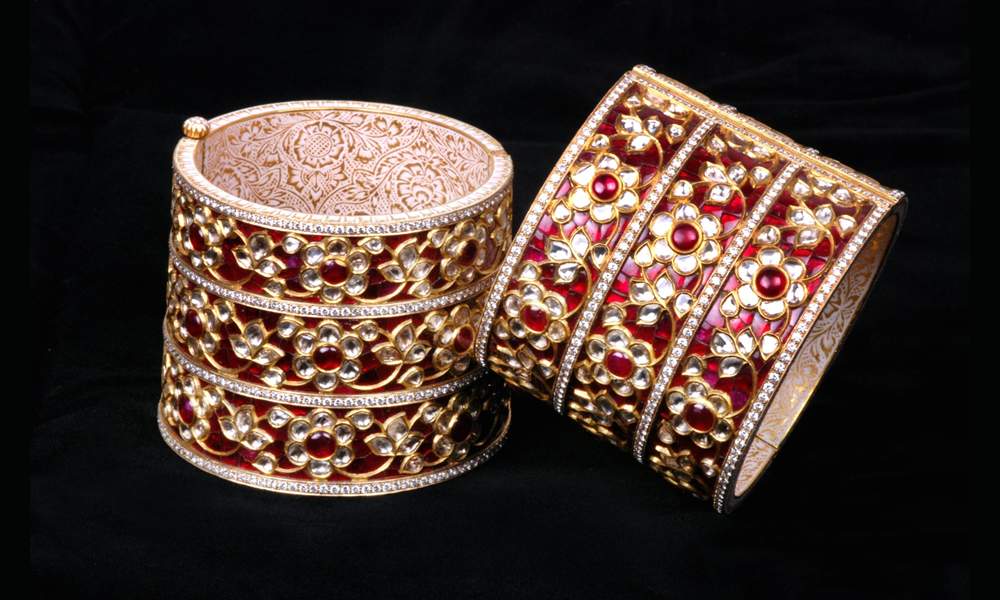For centuries, India has had a profound and enduring impact on the jewellery world, observes Rosena Sammi, founder of The Jewelry Edit in New York. Renowned for its rich cultural heritage, exceptional craftsmanship, and a deep appreciation for adornment, India has been a significant player in the global jewellery industry. From ancient times to the present day, India’s influence can be seen in various aspects, from design, techniques, materials, and cultural significance, Rosena points out.
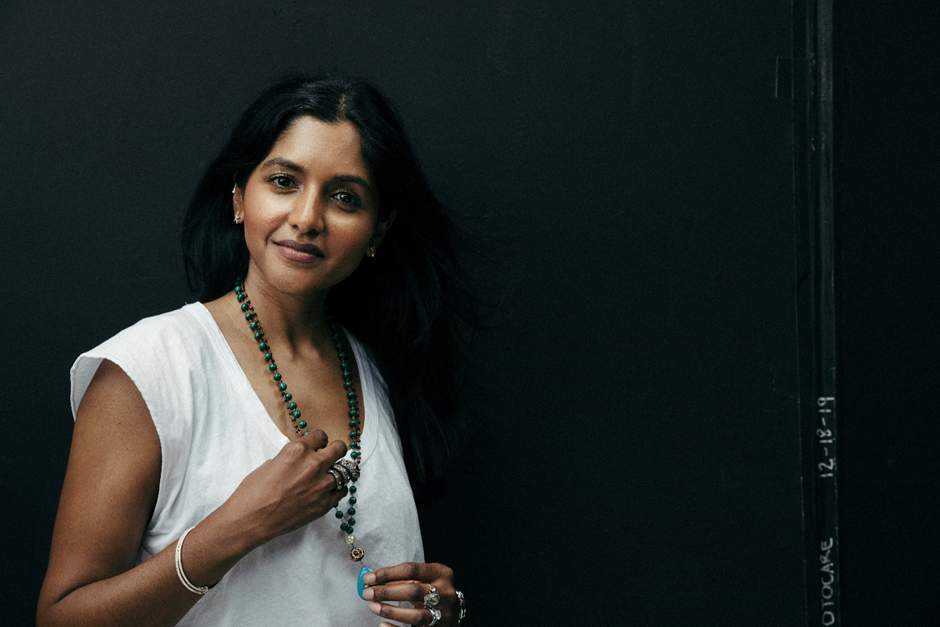
During the New York City Jewelry Week, Rosena held a virtual session on the ‘History and Impact of Indian Jewellery Design.’ Siddharth Kasliwal of Gem Palace; Dr. Usha Balakrishnan, Historian and Curator; and Priyanka Khanna, author, weighed in on the topic.
The goal was to bring India from behind the curtain to front and centre. India has such an impact on design and the jewellery landscape at large, and sometimes that’s lost on people, said Rosena.
India, the Gem Bazaar of the world: Dr. Usha Balakrishnan:
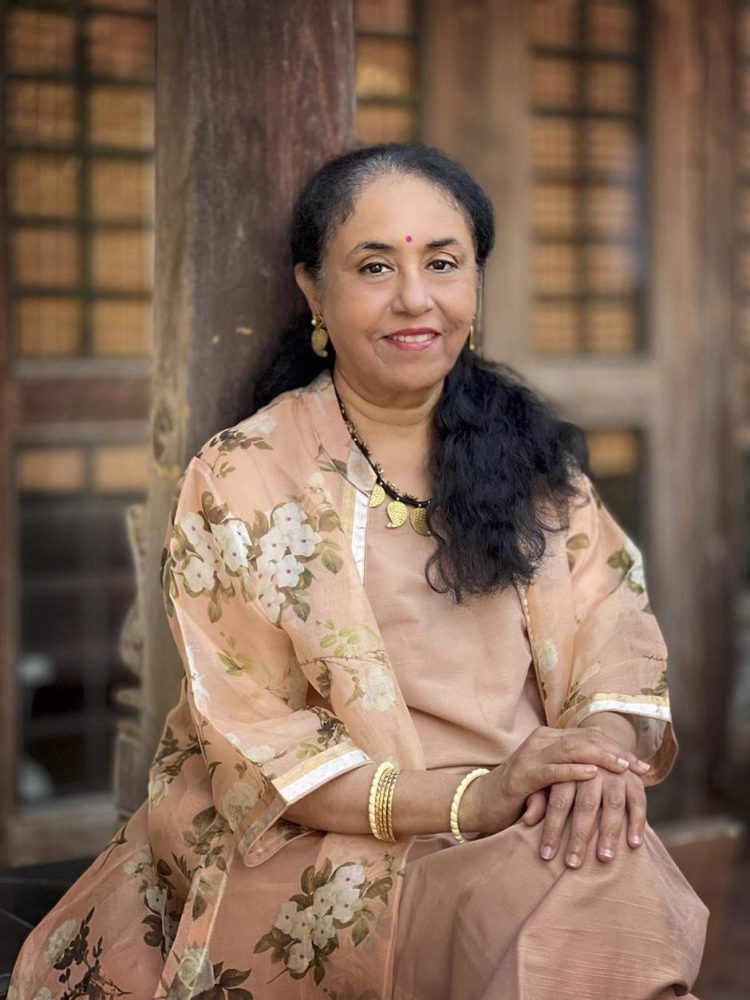
Dr. Usha Balakrishnan shared her views on the historical figures and the historical impact, tracing the origin of India’s love affair with jewellery.
According to Dr. Usha, “We have a continued jewellery tradition and the love of adornment dates back to 3,000 years. It’s very vibrant and continues till today. India was the Gem Bazaar of the world, and for well over 2,000 years, we supplied the world with diamonds. India was the home of diamonds and even today, the largest number of diamonds that are cut, polished, and supplied to customers around the world comes from India.
Gemstones came into India — rubies from Burma, sapphires from Kashmir and Afghanistan, and emeralds, originally from Egypt from what was known as the Cleopatra mines, and then from Colombia and South America, and pearls from Basra.
Everybody flocked to India to buy gemstones and it went primarily into Europe especially during the Renaissance. But even before the Renaissance, every Roman ring that is set with the diamond came from India. You see a lot of those rings in museums today around the world; and especially, during the Renaissance the trade between India and Europe was very vibrant. There were a lot of design influences that were passed back and forth across countries. It wasn’t a one-way journey — a lot of influences came from Europe into India that endure even today.
Filigree and granulation, the art of filigree that was introduced by the Portuguese or enamelling, the minakari as we know it, came into India from Europe, and, in turn, India. The maisons in Paris took inspiration from India and that continues even today — be it motifs like the paisley, the peacock feather, or the tassel that became so famous in the late 19th century. A lot of these interactions continued over 2,000 years.
Case in point, Boucheron’s New Maharajahs collection that was based on the designs they crafted for the Maharajah of Patiala. “In the new collection, they brought in new materials like mother-of-pearl and rock crystal. The way the maison reimagined and reinvented that collection is very special. Bulgari sources much of their coloured gemstones from India. Cartier’s carved gemstones and Tutti Frutti line are still a very important aspect of their collection,” pointed out Dr. Usha.
Fortunate To Have multi-generational craftsmen at Gem Palace: Siddharth Kasliwal
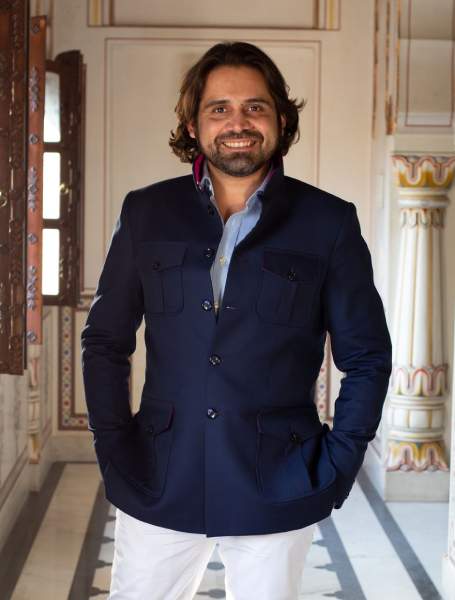
Siddharth Kasliwal delved into the origin of Gem Palace and its unparalleled craftsmanship. “I’m very fortunate and I take great pride and joy in being part of the family that has had such a remarkable history. We are one of the oldest jewellers in India; my forefathers migrated from Agra to Jaipur. Jaipur was founded by Sawai Jai Singh in 1727 and our family moved to Jaipur on the invitation of the Maharaja of Jaipur. It was established as a city of culture and art and they had sent out invitations to scholars, architects, stone cutters, enamellers. And that’s how my forefathers ended up in Jaipur in the early 1700s.
We established Gem Palace in 1852 and my ancestors worked out of the walled palace; they moved out to the current location several years later. I am the ninth-generation member of the family. We are indeed very fortunate that our craftsmen are multigenerational. The skills have been passed from father-to-son; it is a really beautiful transition. My great grandfather passed on his skills to my grandfather and then to my father. The craft at Gem Place is essentially the way the past and present have been melded. Due to the history and heritage, we are vertically integrated and oversee the mining of gemstones — back in the day, during my grandfather’s time — not anymore though; cutting and polishing, designing and the final execution of the piece, and eventually the retail. It’s all done under one roof; this, is a very rare characteristic for any jewellery business in today’s time,” he added.
Design, Storytelling & Bridal Trends: Priyanka Khanna
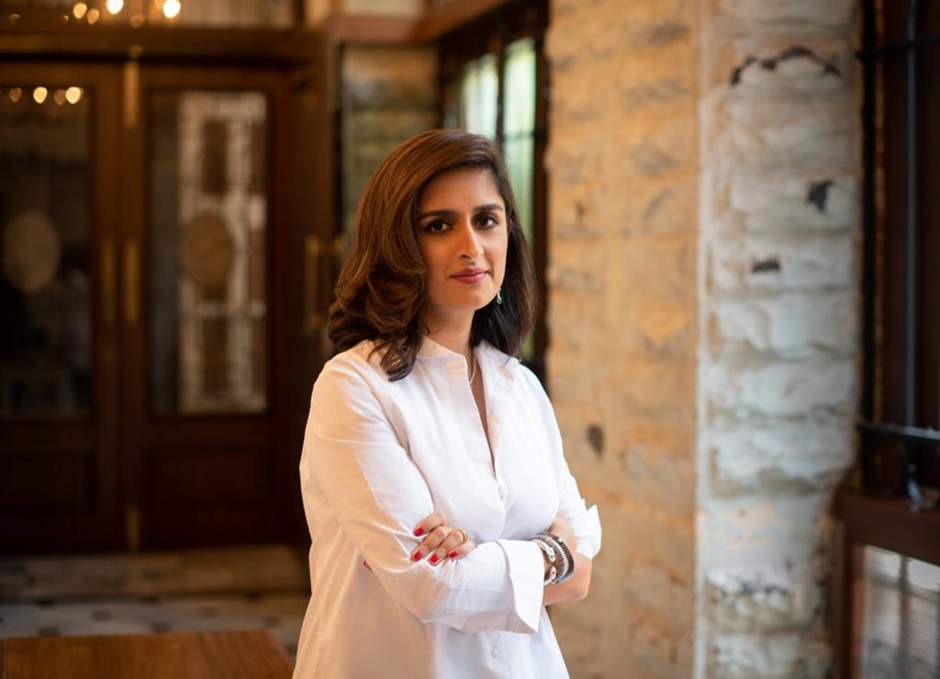
One of the most interesting things, shared by Priyanka Khanna, was the fact that the generation the younger generation avidly sought pieces they could wear often. The pandemic pushed that idea along. “For the younger generation, value has always been important, but also the design and the storytelling behind the pieces matter to them. What does the brand stand for? What is their ethos? Is there a legacy? How are they supporting the craftsperson? How are they being conscious in mining gems?”
Additionally, consumers are keen to know how brands are investing in the lives of their artisans. “Design is so important now that the designers and the jewellers who stand out are the ones who focus on a strong visual syntax and language to the forefront,” noted Priyanka.
“The idea that precious jewellery is now worn in various ways, be it with a T-shirt and a pair of jeans or a lehenga or sari. And that’s really the change that’s happened in the consumer mindset. Having spent 15 years at Vogue, it’s interesting to see how the tastes have evolved.”
She added: “We (South Asians) certainly love a lot of jewellery. I’ve seen brides wear jewels in different ways now — for example, instead of wearing multiple big pieces, they wear a single big piece, and they’ll add on three layers that they can then pare down and wear it more often after the wedding day. Multi-use jewellery has become incredibly important. It’s not really about that one big piece that you’re never going to see again till your children possibly get married; it is about breaking it down, layering it in an interesting way and mixing in gemstones and mixing materials.
“There’s a resurgence of wearing heirlooms and mixing it with newer pieces, which is really interesting. There could be cultural or regional nuances, or it could be a piece that is important from the family aspect.”
With the demand for multi-wear designs growing among the younger clientele, jewellers have begun to offer pieces that include elements that can be added on or de-layered.
Priyanka observed that the newer generation is also looking at the energy of gemstones.

